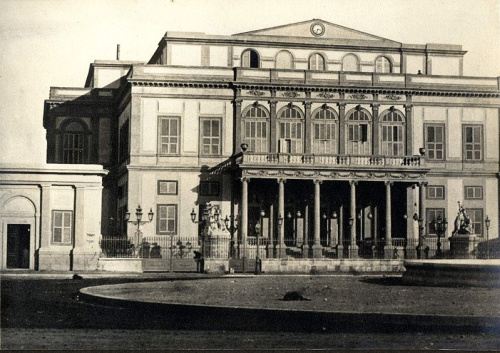Gezireh Island, Cairo
Gezireh Island, Cairo
Gezireh Island, Cairo
-
Hannah
-
Hannah
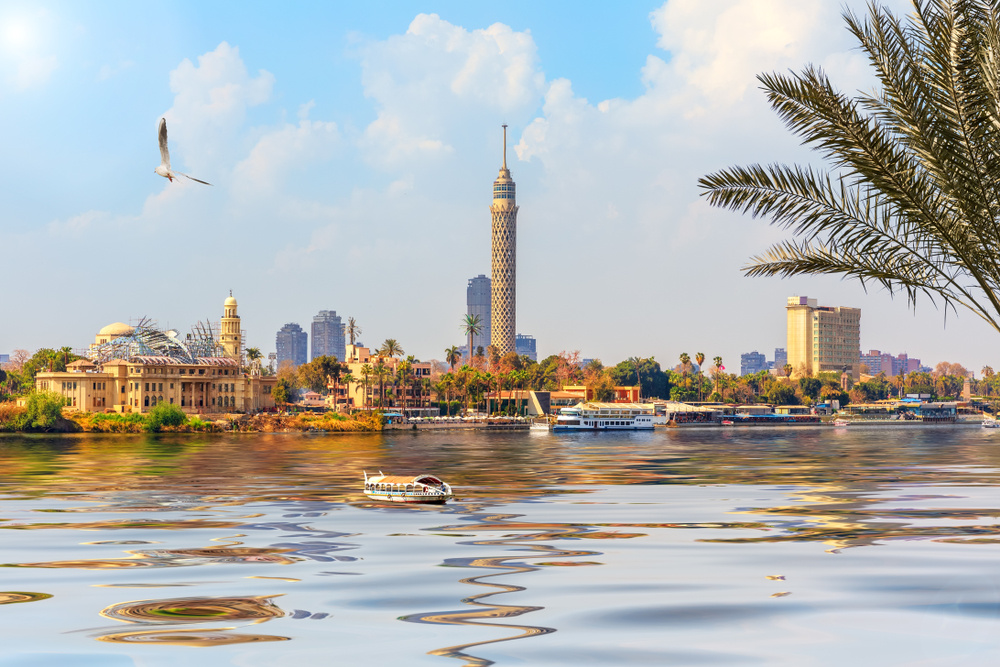
The Kasr El Nil Bridge
Known as Zamalek locally, Gezireh is an island in the Nile that is effectively a district of Cairo. To reach it, you cross one of four bridges. The Kasr El Nil steel bridge, dating back to 1931, is especially impressive, connecting downtown Cairo to the Cairo Opera House complex.
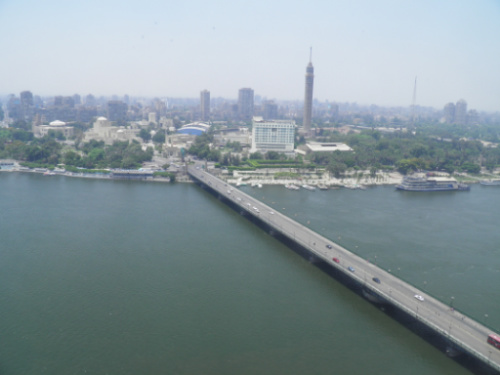
The Kasr El Nil Bridge (source)
Standing guard at the approach to the bridge are four huge, imposing bronze lions, created by French sculptor Henri Alfred Jacquemart.

A bronze lion
The bridge was named ‘Kasr El Nil’ after the Revolution of 1952; before that time it was the Khedive Ismail Bridge, named for Khedive Ismail Pasha, father of King Fuad. Khedive Ismail undertook many works to develop and modernise Egypt, and one of these works was to turn Gezireh into the Jardin des Plantes (Garden of Plants). As I write in Song of the Nile:
This ‘garden island’, renowned for its beautiful public parks planted with exotic species from all over the world, had been another spectacular experiment by Khedive Ismail.
Gezireh Palace
In 1869 a palace was built on the island to accommodate dignitaries visiting Cairo for the opening of the Suez Canal. Gezireh Palace was designed by architect Julius Franz, and fellow German Karl von Diebitsch served as interior designer. The opulent palace hosted royalty like Empress Eugenie, events like the wedding of Khedive Ismail’s son, and the first ever performance of the opera Aida by Verdi (inspiration for my heroine in Song of the Nile). In the late 1800s the palace became a hotel.
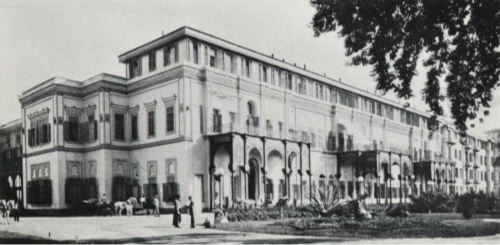
Gezireh Palace in 1906 (source)
Today, the palace forms part of the Cairo Marriott Hotel, which boasts a rooftop open-air theatre overlooking the Nile and central Cairo.
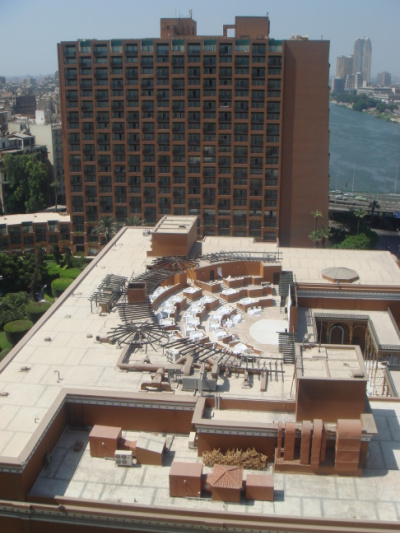
The rooftop theatre (source)
Gezireh Sporting Club
The Gezireh Sporting Club, a British military club since the late nineteenth century, was once an exclusive meeting place in Cairo where the Egyptian elite rubbed shoulders with British officials and cosmopolitan socialites. Today, you can play some 40 different sports at the club, including those played here a century ago, like golf, tennis, croquet and cricket.
In Song of the Nile, Aida attends a polo tournament here.
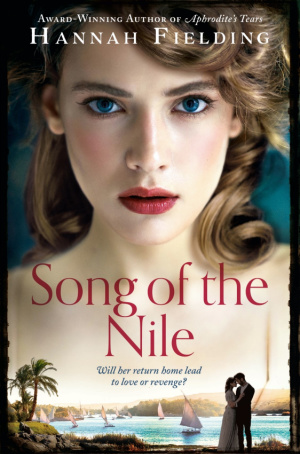
Song of the Nile: available to buy now
Opera House
In Song of the Nile, I describe the Khedivial Royal Opera House of Gezireh:
Cairo’s Khedivial Royal Opera House had been built nearly a century before by Khedive Ismail for the inaugural celebrations of the opening of the Suez Canal. The wooden building had been designed by two Italian architects, Avoscani and Rossi, as a small-scale replica of Milan’s La Scala. The blend of neo-classical columns and arches of its façade and the baroque and rococo interiors made it a beacon of Western aristocratic style.
The Khedivial Opera House in 1869 (source)
Sadly, the opera house was destroyed by a fire in 1971. In the 1980s, the Cairo Opera House was built in its place, and so Gezireh continues to be a major international hub for music and performance.

The new opera house (source)
Cairo Tower
Built in the late 1950s and taking its inspiration from the architecture of ancient Egypt, this iconic tower is 187 metres high, making it the tallest structure in North Africa. When designing the tower, architect Naoum Shebib had in mind the lotus flower, commonly used in the symbology of ancient Egypt.
For those with a head for heights, there is an open-air observation deck and revolving restaurant at the top of the tower from which the views over Cairo are unsurpassable – one can even see the Pyramids of Giza from up here.

Cairo Tower dominates the skyline (source)
